The USS Biloxi saw combat all over the world. A look at the Coast Navy ship’s history
With nearly 300 ships, the U.S. Navy remains the unchallenged ruler of the seas, and over the decades has named several vessels after Mississippi places and people - such as the USS Biloxi.
Before WWII, the U.S. Navy was not the powerhouse it is today, especially as it was divided between the Atlantic and Pacific Oceans. With the onset of the war and the dissolution of regulations from the London Naval Conference, the U.S. Navy began expanding and ordering new ship designs to meet modern needs.
This included a line of Cleveland Class Light-Cruisers (CL). The Clevelands weighed in at nearly 12,000 tons and measured 610 feet 1 inch in length, with a beam of 66 feet 4 inches, and a draft of 24 feet 6 inches. The USS Biloxi (CL-80) was the 20th Cleveland Class ordered and remains the only ship named after the city of Biloxi.
The ship was laid down on July 9, 1941, in Newport News, Virginia, just a few months before the Japanese attack on Pearl Harbor. On February 23, 1943, the USS Biloxi was launched for the first time.
Although wartime restrictions limited the scale of celebrations, the event was attended Louis Braun, Biloxi’s mayor from 1936 to 1942, and his wife, Mrs. Katharine G. Braun, who sponsored the ship by breaking a bottle of champagne on the ship’s side.
“I feel highly honored and humbly proud to be the sponsor of a ship in the Navy,” Mrs. Braun said.
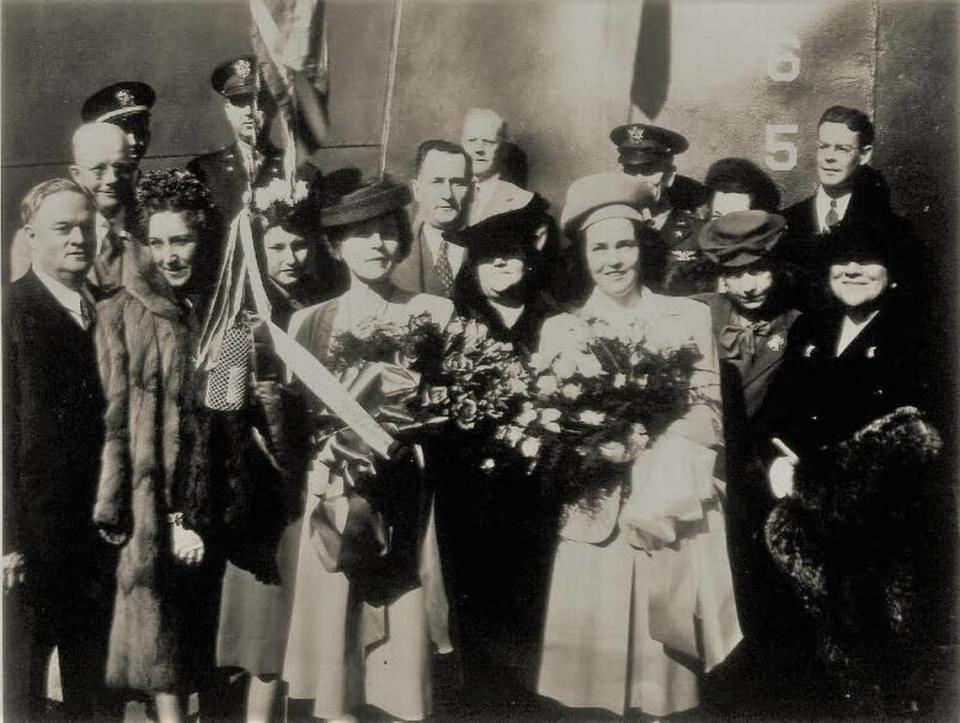
The Biloxi was finished on August 31 of that year but remained in port until September 17 as 1,285 officers and enlisted sailors received orders to crew the ship. They commenced training in the Chesapeake Bay over the following weeks before sailing through the Panama Canal into the Pacific Ocean in November.
Arriving in San Francisco in early December, the Biloxi was ordered to Pearl Harbor, Hawaii, to join Cruiser Division 13 of the Pacific Fleet.
The USS Biloxi in WWII
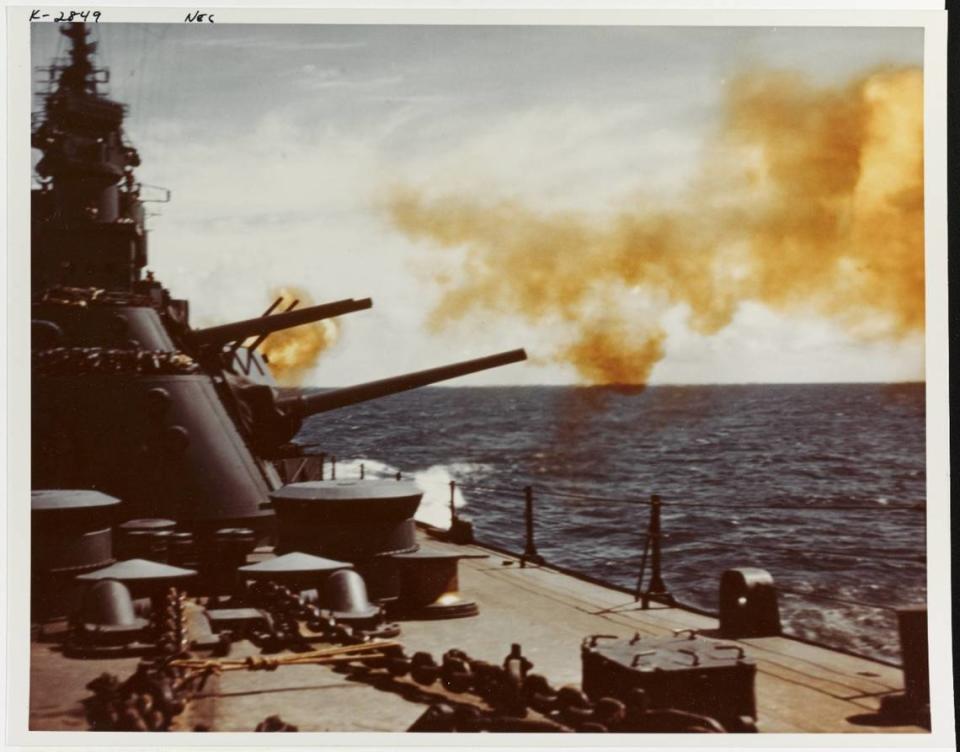
The Biloxi encountered combat for the first time during the Marshall Islands Campaign, participating in the bombardments of Wotje and Roi Islands. Japanese coastal guns returned fire, with shells striking within a few meters of the Biloxi. One shell even hit the superstructure but did not detonate.
The Biloxi then conducted escort duties and shore bombardments of enemy islands in the Marianas from February to June 1944. Throughout this tour, the Biloxi successfully repelled numerous enemy aircraft, safeguarding the US Navy’s vital aircraft carriers.
During the night of June 19, 1944, the Biloxi took part in the Battle of the Philippine Sea, shooting down several Japanese planes and rescuing downed American pilots from the ocean.
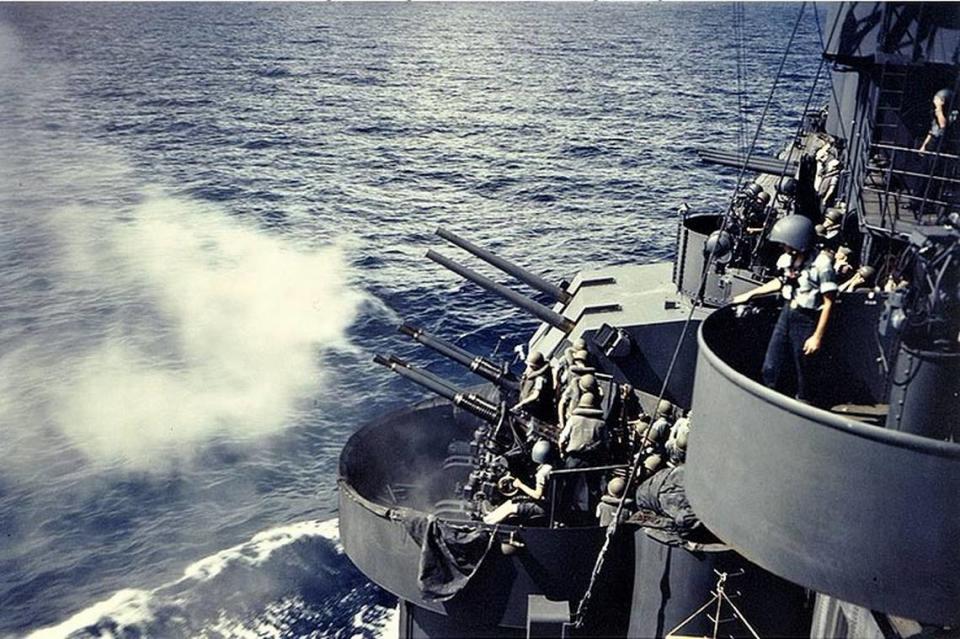
Upon arriving in the Philippines in mid-October, the Biloxi found itself taking part in the largest naval battle in history, the Battle of Leyte-Gulf. In this massive engagement, the Biloxi, alongside two other cruisers, managed to sink the Japanese destroyer Nowaki while fending off relentless Kamikaze attacks.
According to Naval History and Heritage Command, the Biloxi is further credited with the sinking of the Japanese Destroyer Matsu and the Ryuko Maru on August 4. Remarkably, the very next morning, a Japanese torpedo exploded alongside the Biloxi, though causing no damages.
Just two months later, the fleet encountered a massive typhoon that severely damaged the Biloxi and sank three other American ships. Following an extensive search for survivors, the Biloxi returned to port for repairs.
Before the massive American landing on Iwo Jima on February 19, 1945, the Biloxi and several other ships conducted extensive bombardments of Tokyo and surrounding airfields. They then arrived at Iwo Jima and initiated a prolonged bombardment of the island. During the battle, one of Biloxi’s gun crews inadvertently struck another gun mount, resulting in injuries to several sailors.
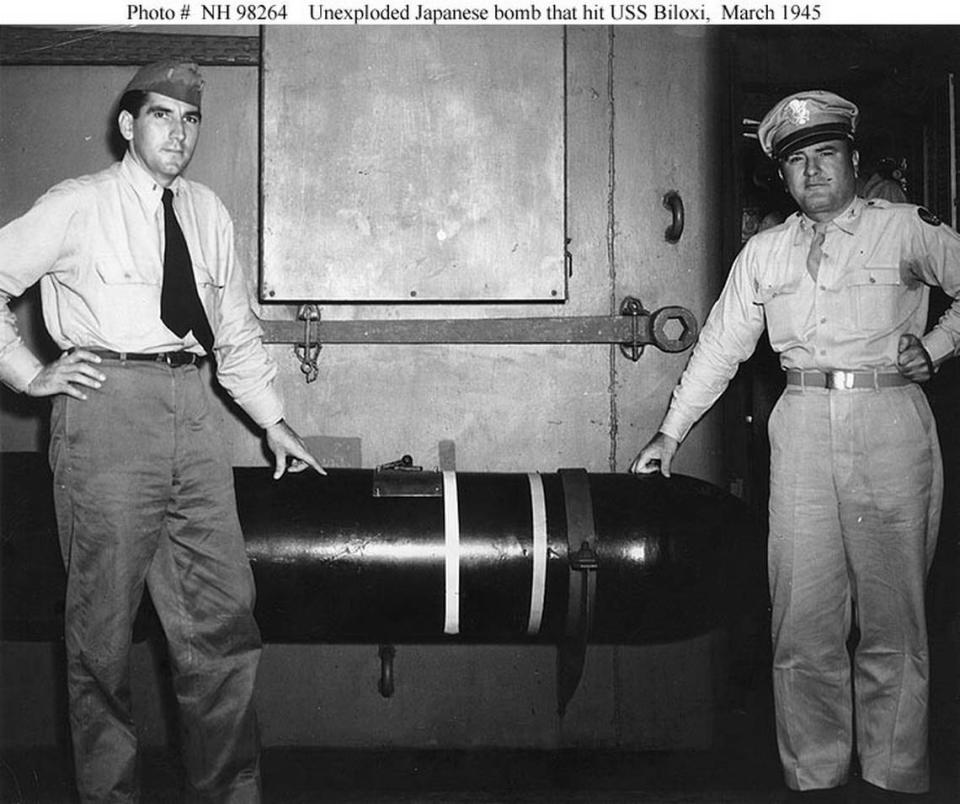
After again bombarding Tokyo, the Biloxi turned toward Okinawa to prepare for the American landing that occurred in April 1945. During this operation, four Japanese kamikazes targeted the Biloxi, with three being successfully shot down. The fourth slammed into the cruiser’s side, though luckily, its 1,000-pound bomb failed to detonate.
During this time, the Biloxi was assigned as an escort for the aircraft carrier USS Franklin, which was hit by two Japanese bombs on March 19. As the Franklin began listing to the side, the Biloxi lowered its survival rafts down to the sailors in the water below. With support from other escort ships, the Biloxi successfully rescued almost 300 men from the water.
The Biloxi’s Fate
The Biloxi escorted the Franklin back to port before returning to San Francisco for much-needed repairs after 16 months of constant combat. In July 1945, the Biloxi set sail once more with a brief stop in Hawaii for training and the firing of a few shells on Wake Island for gunnery practice.
The ship arrived in the Philippines on August 14 and the crew received news of the atomic bombings and surrender of Japan the following morning. Despite the historic moment, there was little time for celebration as the crew sailed for Okinawa on the 20th before being ordered to Nagasaki a few weeks later. The crew witnessed firsthand the devastating aftermath of the atomic bombings before collecting hundreds of Allied prisoners who had endured years of brutal captivity.
The Biloxi transported these men to Okinawa before sailing back to San Francisco, reaching its destination on November 27, 1945. In May 1946, the ship was placed in reserve at the Puget Sound Naval Shipyard. In 1961, the Biloxi was officially struck from the Navy List. It was finally sold to and scrapped by the Puget Sound Towing & Barge Co. on March 29, 1962.
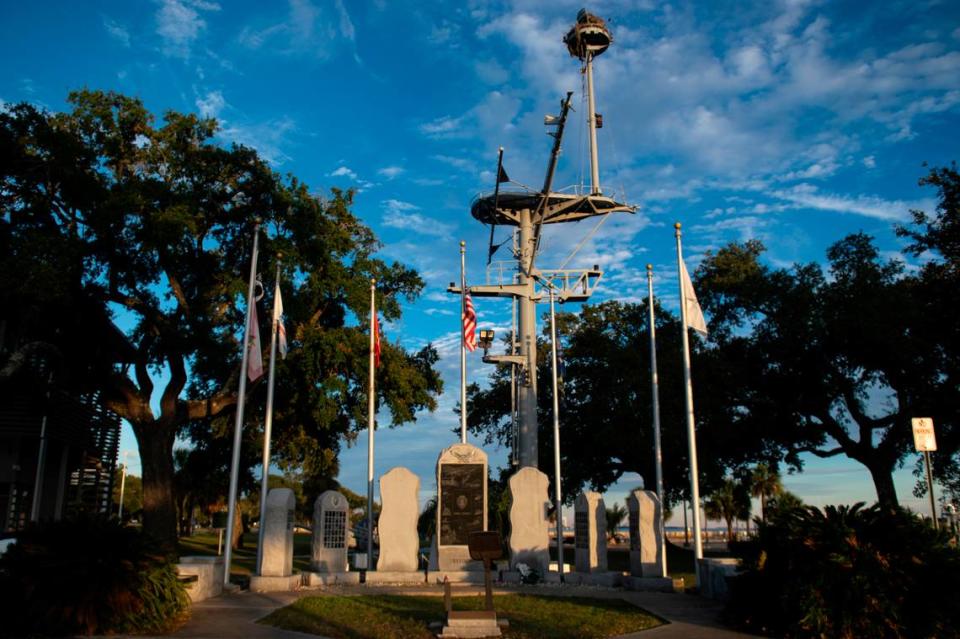
Despite its unceremonious fate, the USS Biloxi stood out as one of the most decorated Navy cruisers of World War II. It earned a remarkable nine battle stars after participating in every single major operation in the Pacific Theater. According to the city of Biloxi’s website, this is one of the longest tours of duty for any ship in WWII, leading to its nickname “Busy Bee.”
Official press releases from the war show that the ship, despite its close calls, never lost a single sailor in combat, which also earned it the moniker “Double Lucky.”
Although the ship itself was scrapped, the USS Biloxi’s superstructure now stands at Guice Park at Biloxi’s Small Craft Harbor on Highway 90 and its bell now resides in the lobby of the Biloxi Maritime and Seafood Museum.
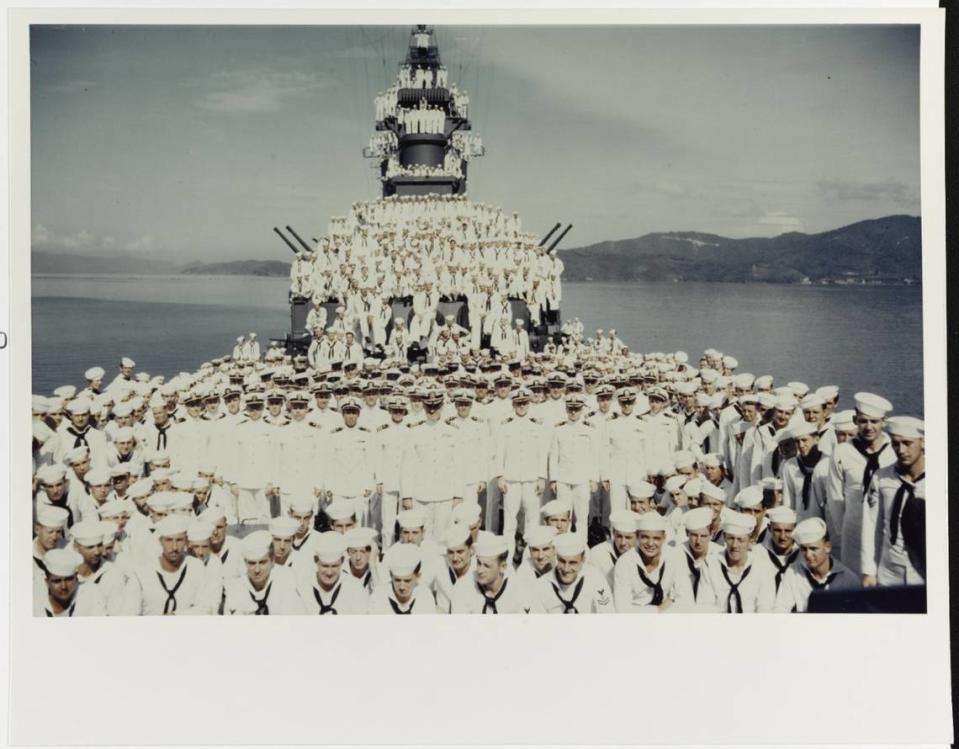
Editor’s note: An earlier version of this story misstated the dimensions of the USS Biloxi. The story has now been updated.

